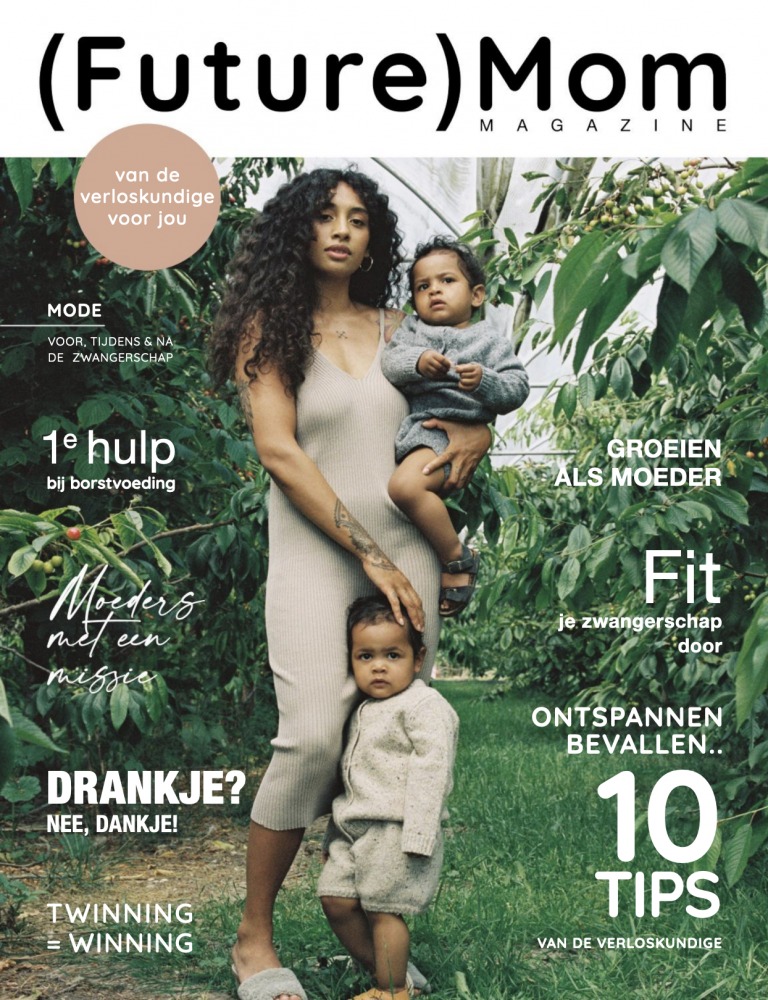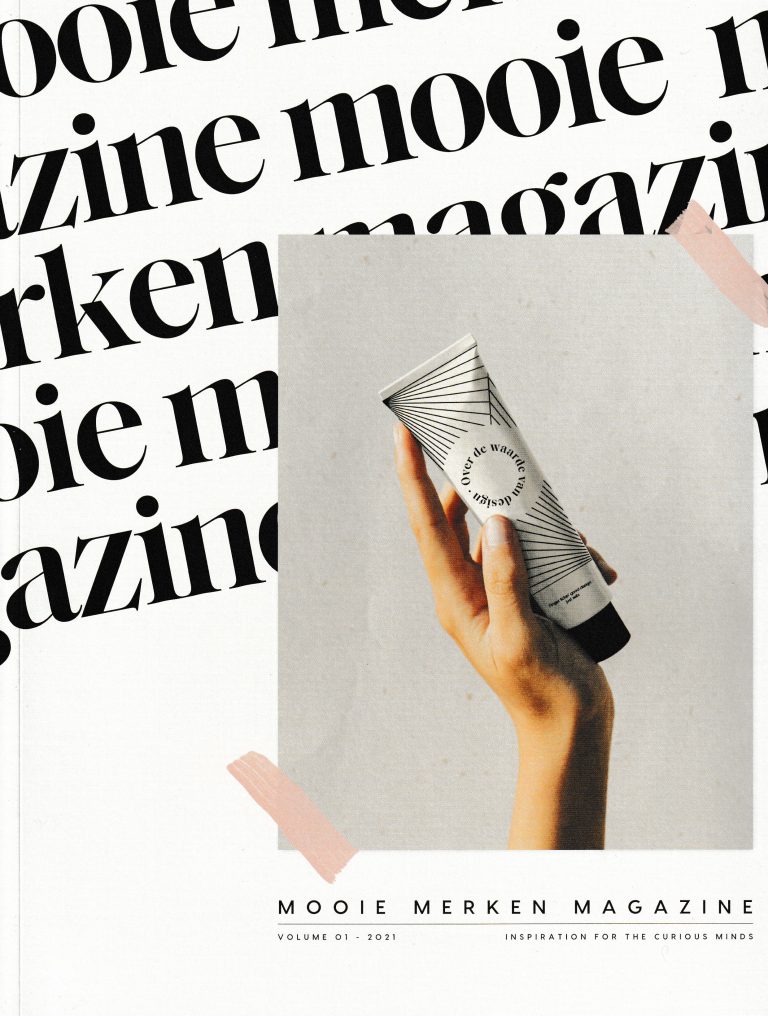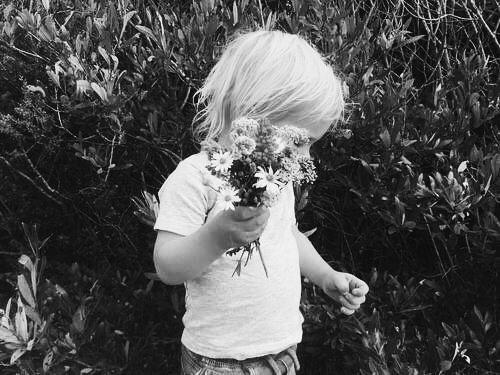Mining is causing a lot of controversy;
ethically, socially and environmentally.
So how do you buy ethically responsible gold?
Most consumers don’t know where the gold in their products come from, or how it is mined. Gold mining is in fact one of the most destructive industries in the world.
Most of the gold available in Western Europe comes from generations of old recycled jewellery which by definition does not contribute to the pollution from mining gold. In fact, in 2009, 42% of all gold supply worldwide came from recycled gold and this percentage has only increased ever since.
During the financial banking crisis in 2009-2010, the gold market exploded because unlike savings accounts, this precious metal always retains its value no matter what. So as a result, families sold all their gold jewellery which had been passed on for generations. That is why buying solid gold jewellery is never a waste of money, better yet, it is an investment for life.
The transition to a circular economy of raw materials is necessary to meet the depletion of the environment. In Western Europe, good working conditions can be guaranteed but this is unfortunately not the case everywhere in the world. Despite there being 250,000 tons of gold in the vaults of wealthy families, businesses and banks, miners continue to mine

THE FACTS
– Mining companies generate about 20 tons of toxic waste for every 9.44 grams of gold
– At least 180 million tons of toxic waste is dumped by companies into rivers, lakes and oceans each year.
– For every gram of gold produced, miners release about 2 grams of mercury into the environment; poisoning plants, animals, fish and people.
– Gold mining is accelerating the destruction of valuable forests and unique nature because miners are tearing them down to access the rich gold deposits beneath them.
– About 50% of all gold is made into jewellery. A single gold ring produces 26 tons of mine waste – the weight of more than 7 African elephants.
– Gold mining is energy intensive. Extraction and grinding of ores require almost 90,000 KJ per gram of gold – about one day of electricity for the average American home.
MAKES YOU THINK
“If humanity knew the truth about gold mining, and how much harm it generates, things would begin to change.”
– Mariano Fiestas, San Lorenzo Valley, Peru –
HOW EXACTLY ARE THE RAW MATERIALS MINED?
Gold is trapped in gold ores in the earth. Sometimes the ore deteriorates causing the gold to detach which washes away with the rainwater and accumulates in rivers. However, most gold is trapped in the gold ores and must be chemically separated. With the help of poisonous cyanide, the gold can dissolve. Gold is extracted by using cyanide – a very toxic chemical. Some mines use several tons of cyanide every day destroying vast amounts of land. Gold mining also produces large amounts of mercury pollution not to mention cadmium, lead, zinc, copper, arsenic and selenium. Because storage space is often non-existent or leaks, most mining waste ends up in rivers and lakes. The chemicals eventually end up in drinking water and in food via agricultural land. A dose the size of a single rice grain is enough to kill a person.
WHAT IS THE EFFECT OF GOLD MINES ON THE LOCAL COMMUNITIES?
The gold extraction process also requires large quantities of fresh water. The supply of fresh water causes drought and scarcity in the surrounding areas. This is at the expense of drinking water for the local population and agricultural land. Often the locals have to move to make way for the construction of the mine and many agricultural lands are claimed without compensation for the local farmers. In addition, huge amounts of forests are destroyed during the cultivation process, causing the unique biodiversity to disappear.
FAIRMINED AND FAIRTRADE
The mining industry also has a huge social impact: miners work for low wages in dangerous conditions.
Many smaller mines work with certificates to guarantee better working conditions and minimize the burden on nature. Small mines provide the largest supply of gold and silver worldwide. The Fairtrade Gold and Silver certificate ensures less poverty among the miners by giving them a bonus on the minimum price. Fairmined Gold and Silver takes into account 4 criteria: social development, economic development, protection of the environment and safe working conditions. Fairmined also distinguishes itself from Fairmined “ecological” gold, which prohibits the use of chemicals.
Here at OERUM we use recycled gold to help reduce destructive practices associated with gold mining. We are all responsible for the world we live in so..do ask questions about the jewellery you buy and remember that recycling helps to avoid mining.
We further offset our environmental footprint by supporting certified tree planting all around the world together with ‘Trees for All’ for every piece of jewellery we sell. This is our giving back promise.
Faithful to a sustainable view of life.




